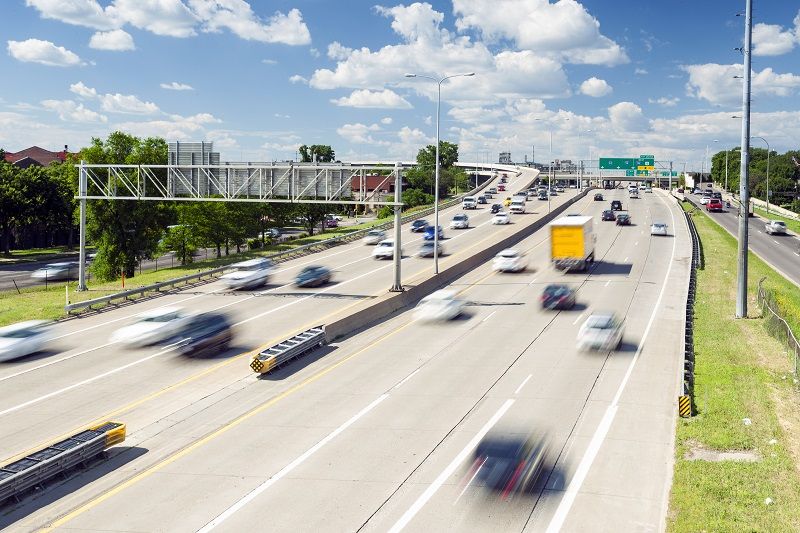I read with a tinge of dismay that the U.S. Postal Service is proposing to slow first-class mail delivery to avert impending bankruptcy. A letter-writer who enjoys reading periodicals I get in the mail, I don’t believe the age of hard copy is ended. Delivery of printed materials likely will continue to be a valued service.
But the Postal Service is a classic case of problems with monopoly service providers. The Postal Service has struggled for years to deal with decreasing mail volume and a growing debt that has reached $14 billion this year.
This―even though no other service provider is allowed to compete with the Postal Service for regular first-class or standard mail delivery. No private entity is permitted to offer faster delivery or mail on Saturdays.
Congress’s power “to establish post offices and post roads” is granted by the Constitution (Article 1, Section 8), but the implementation of that power has gradually expanded. Until the late 1800s, independent local companies and letter carriers were involved in delivering mail. It wasn’t until 1872 that local carriers were banned and the federal Post Office gained a complete monopoly over every aspect of what we now call first-class and standard mail delivery.
In the age of electronic technology, protectionism can’t save a monopoly. Government-run mail delivery needs a viable business model just like private industries. Otherwise, it will continue to lose market share and to suffer from its own inefficiencies and union workforce issues. The lesson to take away is that even the Post Office has to compete to succeed. If it doesn’t innovate, cut costs, cover its costs, and expand its business, it will lose out to alternative electronic options. The losers will be its remaining customers who still want their mail on time.











